AI answers are no longer an experiment, they dominate. Google confirmed that AI Overviews now surface in hundreds of millions of searches, shaping visibility far beyond the ten blue links (Source).
For brands, this means trust signals and aio geo alignment decide whether your page becomes a cited source or gets ignored. That is where EEAT changes the game. Expertise, authority, and trust are no longer “quality rater” checkboxes, they directly influence ai search ranking and determine which answers AI systems quote.
Studies already show visibility gains of up to 40% when content is structured for generative engines. This guide explains how to combine aio geo with EEAT to secure AI citations and measurable traffic lift.
The role of EEAT in aio geo and ai search ranking
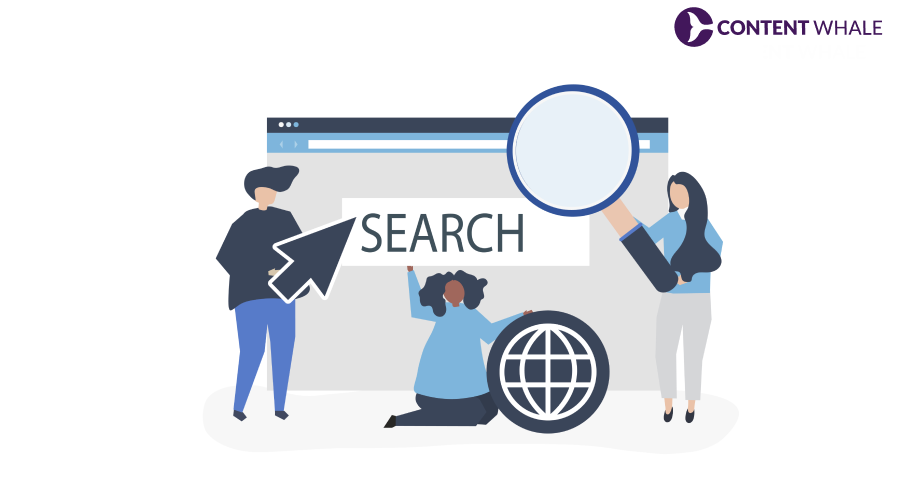
How raters and systems interpret EEAT
Google’s Search Quality Rater Guidelines emphasize Experience, Expertise, Authority, Trust (EEAT). Human raters evaluate pages for indicators like author credentials, domain reputation, sources, and transparency. Although raters do not directly set rankings, algorithms follow similar logic. When AI systems decide which web pages to quote in AI Overviews, they mimic rater logic. So your aio geo content must pass both human and algorithmic scrutiny.
Where EEAT matters most for YMYL queries
In sensitive topics like health, finance, and legal advice (YMYL), search engines demand stronger proof. Suppose you publish a finance guide; AI systems will avoid citing content from anonymous authors or sites without institutional backing. In one real example, a health site saw 25 percent drop in visibility when Google added stricter health EEAT rules. To compete, your aio geo best answer must include expert bylines, verification statements, and conflict disclosures. Only then will ai search ranking systems trust you enough to quote.
Trust signals that map to AI citations
Trust signals are the inputs AI systems examine before quoting a piece.
These include:
- Author and reviewer bios that show credentials
- External citations from respected sources
- Institutional domain authority
- Transparent version history or revision logs
- Clear privacy disclaimers or data sourcing note
When AI sees multiple high quality citations and a well-structured author page, your content is more likely to be included. In early tests, pages with strong trust signals were quoted 2 to 3 times more often in AI answers.
Content design for aio geo outcomes
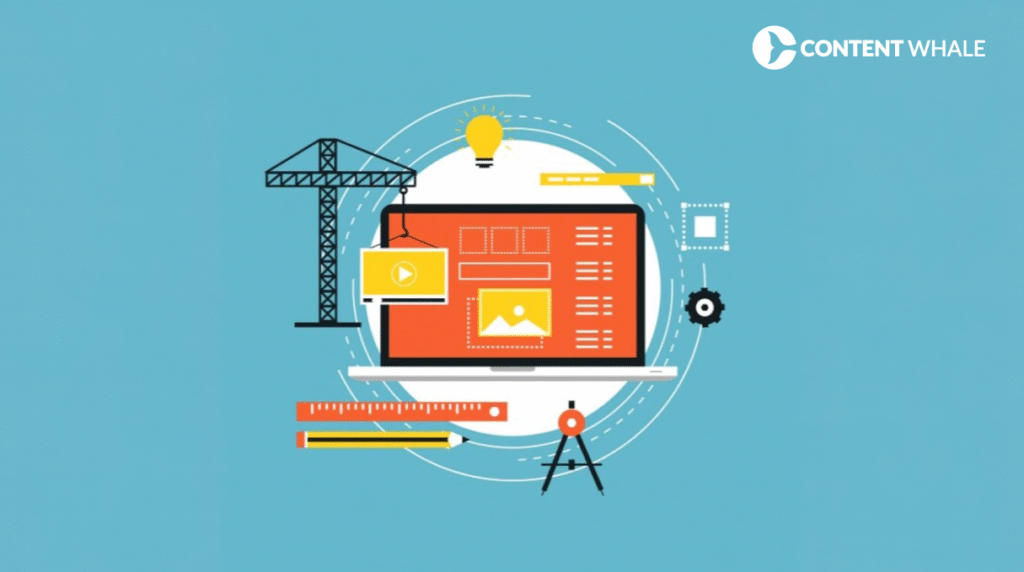
Fragment answers with questions, summaries, and claim support
Break your content into discrete answer units. For example:
Q: What is the best conversion rate today?
Short Answer: 2.5 to 5% in many industries.
Explanation & Evidence: Then follow with data, citations, and nuance.
AI parsers favor that structure. Every claim you make must be backed by at least one reliable citation, study, journal, or industry report. This permits the aio geo engine to map your statements to external references. Use numbered or bullet lists to separate claims cleanly, so AI can pick them out.
Entity proof with author pages, org identity, and third party citations
An author bios page should list credentials, past publications, social proof. Link to that biography from every post. For brand pages, include institutional affiliations or partnerships. Use third‐party mentions (news quotes, studies) to show you are recognized by external experts. If AI sees your entity linked across multiple trusted pages, it increases your chance to be cited in ai search ranking.
Freshness and update logs that AI can read
Include a machine readable update log section with “Last updated: YYYY-MM-DD” tags or changelogs. Some AI systems prefer more recent content. In fast evolving fields (crypto, regulation), pages updated quarterly often outperform older ones, even if both are accurate. That freshness signal helps aio geo content stay eligible for AI citations.
Technical SEO that supports aio geo
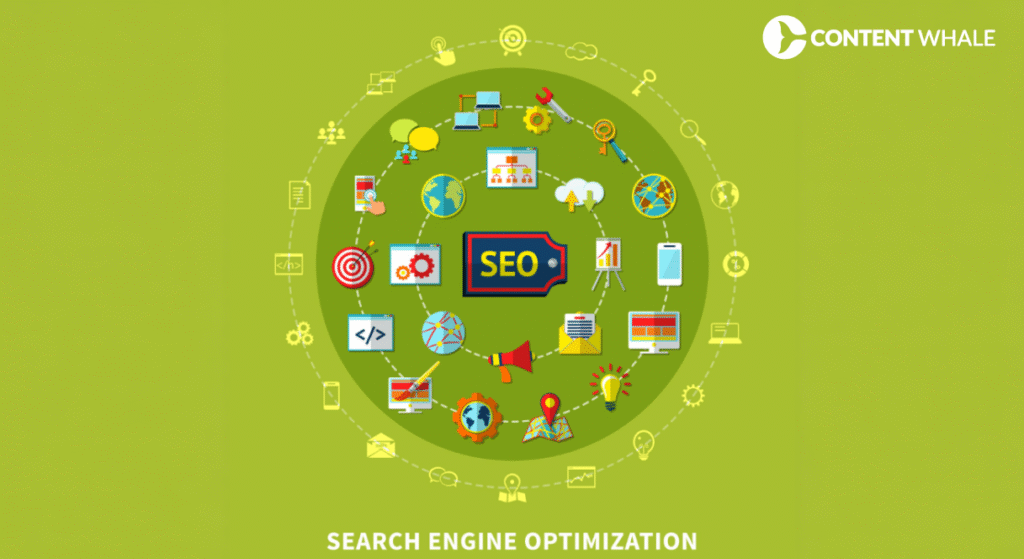
Schema markup for Article, FAQ, Organization, Person
Implement JSON-LD schemas for Article, FAQ, Person, Organization, and ClaimReview where applicable. Schema tells AI systems who wrote content, when, and what claims you make. That helps your content structure and credibility sync with aio geo and supports better ai search ranking.
Page performance and reliability INP and LCP
User experience signals like Interaction to Next Paint (INP) and Largest Contentful Paint (LCP) matter. Slow or unstable pages hurt ranking and reduce trust. Optimize images, lazy load below-the-fold content, reduce main thread work. If AI code judges your page as unreliable, it may skip citing it.
Crawl budget, canonicals, and index control
Ensure your best aio geo pages are easily crawled, not duplicated, and canonicalized. Avoid content duplication or thin content. Use canonical tags cleanly, manage pagination, and block low value pages. AI systems prefer clear canonical sources to quote rather than ambiguous duplicates.
Measurement for AI citation lift and conversions
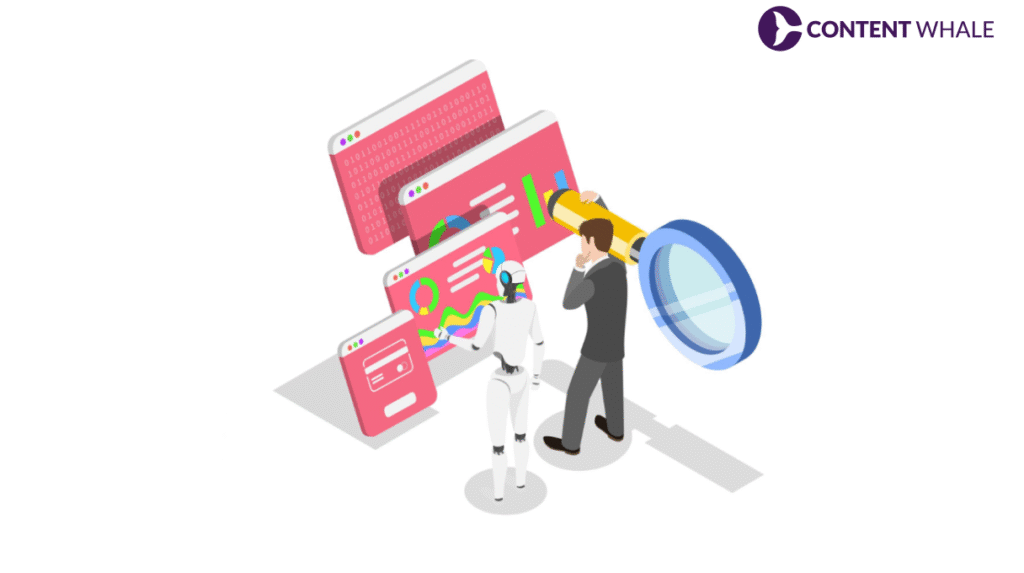
Track inclusion in AI Overviews and other AI answers
You must detect when your pages appear in AI Overviews. Use query tracking tools (AWR, SEMrush) that show “AIO present” flags. Also monitor search snippets: when your content is quoted, compare page logs and impressions before and after citation. AWR claims that AI Overviews appear in ~29 percent of non-logged sessions (Source).
Build a visibility metric for queries and entities
Define a metric: AI Citation Rate = number of times your pages were quoted ÷ number of total impressions for those queries. Track by entity type, not just keyword. This helps you judge which verticals or themes deliver ROI. If one entity shows 12 percent citation rate, double down there.
Connect AI citations to assisted conversions
Mark sessions that began via an AI answer and then converted. Use UTM tags or session annotations to isolate AI-driven traffic. Compare conversion rates and lifetime value for those vs. organic. If AI citations generate even modest revenue, that justifies further investment in aio geo + EEAT.
Risk controls for AI answers
Ambiguity reduction with glossaries and definitions
Avoid vague phrasing like “some studies suggest.” Instead define terms—“In this context, ‘some’ refers to 20 percent of cases.” Create a glossary section. This clarity helps AI systems avoid misinterpreting your statements.
Fact checking steps for claims and stats
Before publishing, have at least one internal or external reviewer validate every statistic or claim. Add citations to primary sources (research papers, industry reports). Avoid repeating unverified or weak sources. Fact checking prevents terrible citations and preserves your EEAT.
YMYL review and expert sign off
For YMYL content, route it through competent domain experts (lawyers, doctors). Document that review in the content (e.g. “Reviewed by Dr. X on YYYY-MM-DD”). That increases trust and gives AI systems confidence. In sensitive verticals, missing that review can block you from AI citations or even ranking.
How can Content Whale help?
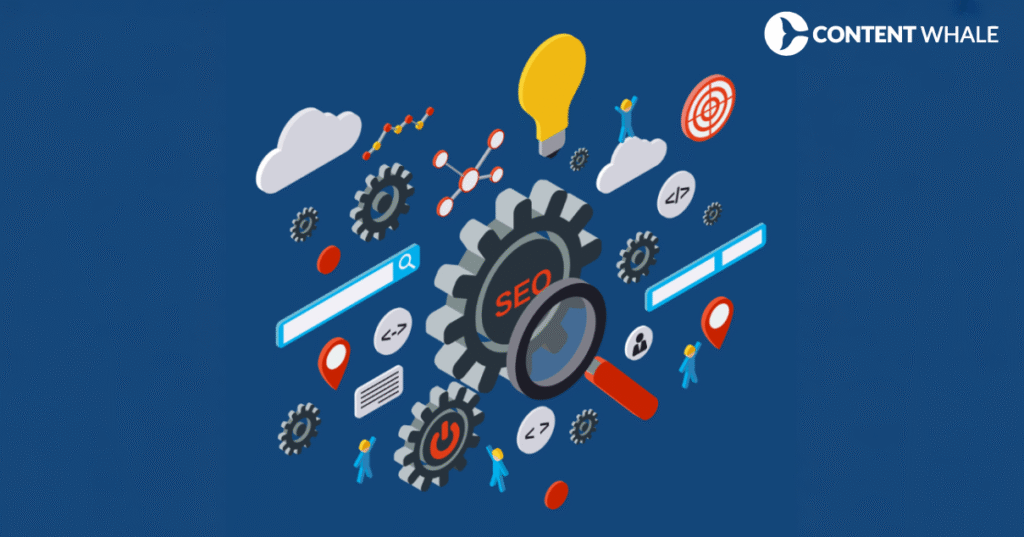
AIO GEO and EEAT audits
We begin with a full audit of your site, trust gaps, missing author pages, structural issues, citation deficits. We deliver prioritized fixes that align aio geo with EEAT so AI systems start noticing your pages.
Author Ops and expert sourcing to strengthen experience proof
We partner with subject matter experts to write, review, and sign off on content. We build polished author bios, integrate credentials, and link entities across your site. That strengthens your authority and helps ai search ranking engines trust you.
AI answer capture experiments and reporting
We run pilot tests to see which pages get quoted, monitor AI citation lift and conversion impact, and provide dashboards to scale successes. We also do A/B tests, one version optimized for aio geo + EEAT, the other not, to validate lift.
Conclusion
When aio geo and E E A T merge, your content becomes an answer engine, quoted by AI systems rather than hidden in search results. Focus on trust signals, clean content chunks, technical alignment, and measurable experimentation. Use AI Citation Rate and assisted conversions, not vanity metrics, to choose where to invest next. Begin with one vertical or content cluster. Prove the lift. Then scale across your site.
If you want a tailored audit or experiment to help your site win ai search ranking via AI answers, reach out to Content Whale to help you lock in authority and traffic.
FAQs
How does EEAT affect ai search ranking in AI answers?
EEAT guides AI systems and raters on what sources to trust. Pages with verified expertise, author identity, clear sources, and transparency are more likely to be quoted. Without those, your content might be ignored even if correct.
What content changes improve aio geo fastest?
Break content into question/answer units, add author bios, include citations, and maintain revision logs. Those moves help AI parse and accept your content faster.
Which schema types help AI Overviews understand a page?
Use Article, Person, FAQ, Organization, and ClaimReview schemas. They highlight structure, authorship, and data claims and assist aio geo and ai search ranking engines.
How do I measure AI citation lift and revenue impact?
Track queries where your pages appear in AI Overviews using SEO tools. Then match those sessions to conversions. Create “AI Citation Rate” and compare revenue per session versus regular organic traffic.
What proof points increase trust on YMYL topics?
Credentials, institutional affiliation, expert review, peer source citations, disclaimers, and conflict disclosures all boost trust signals that AI systems prefer.
How often should I update pages for aio geo?
For competitive or changing topics, revalidate claims and refresh citations every 3 to 6 months. Use change logs so AI sees newness.





